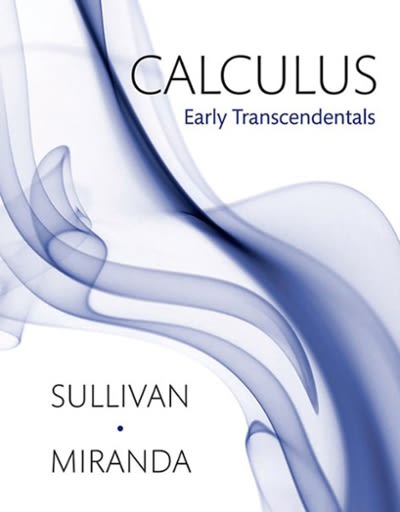Question
1.. Customers of a large grocery chain who are members of the chain's incentives program spend an average of $45 per visit to the grocery.
1.. Customers of a large grocery chain who are members of the chain's incentives program spend an average of $45 per visit to the grocery. In an attempt to try and increase the amount spent by these regular customers at their stores, the chain institutes a new feature of the incentives program where customers receive an extra 5% discount on groceries when they spend $50 or more. A sample of 64 customers in the program is randomly selected and it is discovered that the next time they go to the store they spend an average of $52. The population standard deviation is $24. Does this provide sufficient evidence that the true mean is now significantly more than $45? Conduct the appropriate hypothesis test. Be sure to specify your null and alternative hypothesis, test statistic, Pvalue, and conclusion.
2.Most people can roll their tongues, but many people can't. Whether or not a person can roll his tongue is genetically determined. Suppose we are interested in determining what fraction of students can roll their tongues. A recent news article claimed that 75% of people can roll their tongues, whereas others claim that the percentage is not 75%. We get a simple random sample of 400 students and find that 319 can roll their tongues. Is this significant evidence that the percent of students that can roll their tongues is different from 75%? Carry out the appropriate hypothesis test. Be sure to write down the null and alternative hypotheses, find the test statistic and the p-value, and state your conclusions.
Step by Step Solution
There are 3 Steps involved in it
Step: 1

Get Instant Access to Expert-Tailored Solutions
See step-by-step solutions with expert insights and AI powered tools for academic success
Step: 2

Step: 3

Ace Your Homework with AI
Get the answers you need in no time with our AI-driven, step-by-step assistance
Get Started


